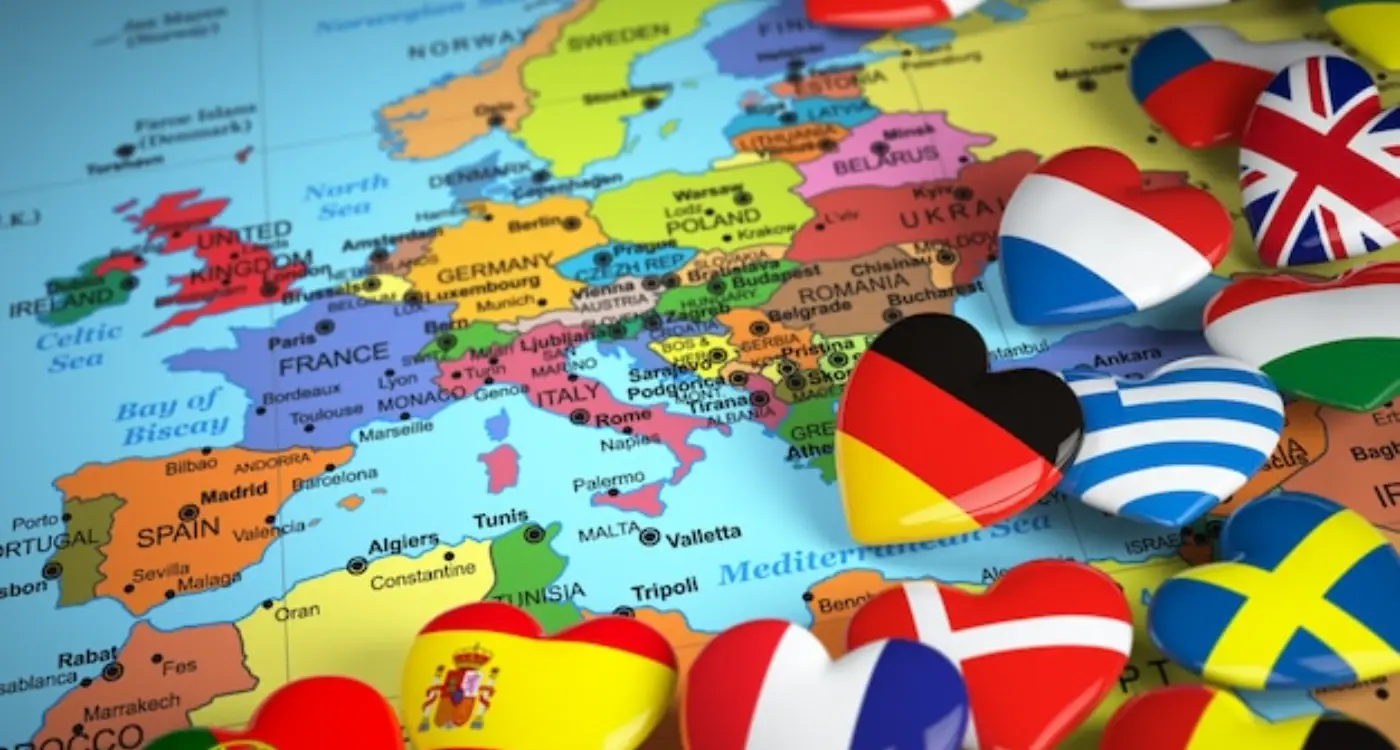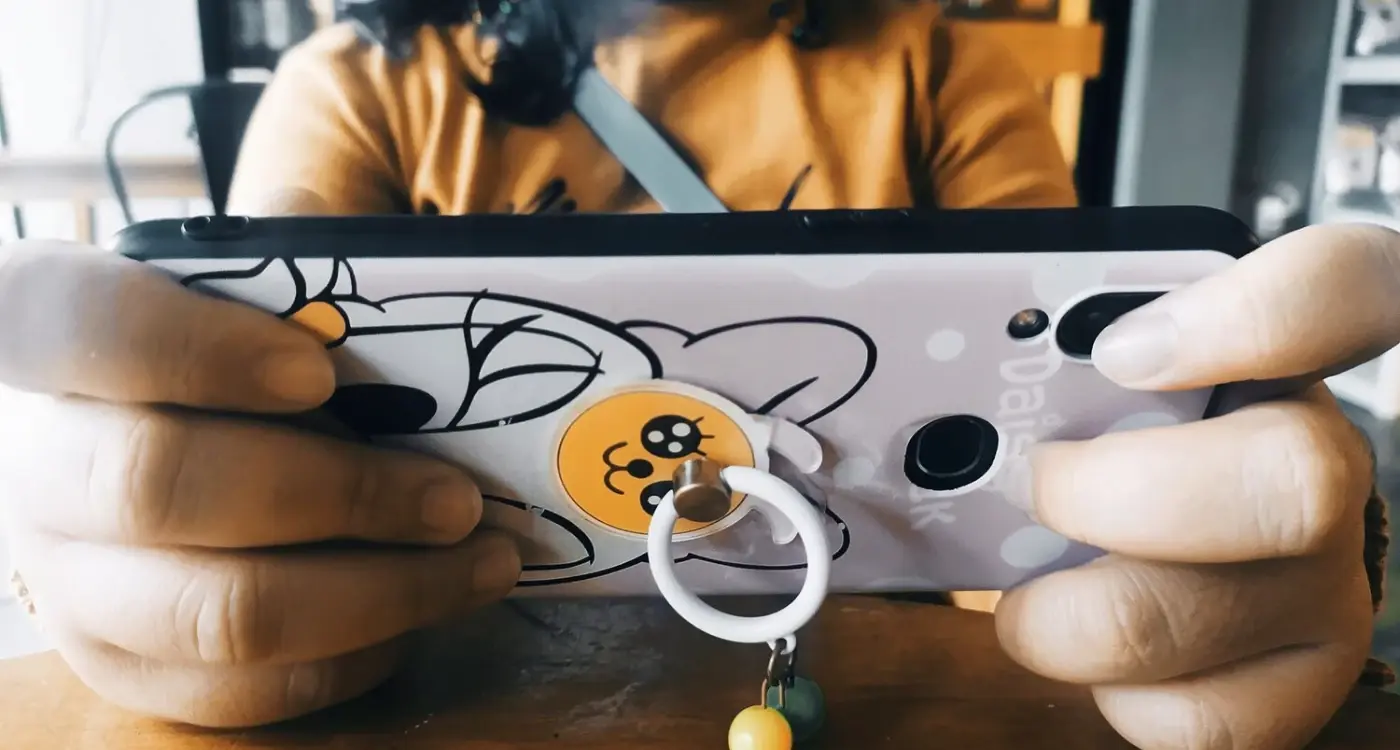What Open Source Licences Can Break Your App Launch?
Open source software powers almost every mobile app you'll ever build—but here's what most developers don't realise until it's too late: some open source licences can completely derail your app launch or force you to give away your entire codebase for free. I've watched teams spend months building brilliant apps only to discover they've accidentally used a library with a licence that makes their commercial launch legally impossible.
The thing is, when you're building an app, you're not starting from scratch. You're pulling in dozens, sometimes hundreds, of third-party libraries and dependencies. Each one comes with its own licence, and some of these licences have requirements that can conflict directly with your business model. GPL licences, for example, can force you to open source your entire app if you're not careful. Attribution requirements might seem harmless until you realise you need to display dozens of licence notices in your app.
The most expensive mistake you can make is assuming all open source software is free to use however you want
What makes this particularly tricky is that these licence issues often hide deep in your dependency tree. That innocent-looking utility library you added might depend on something with a restrictive licence. Your team might not even know it's there until you're doing final legal checks before launch. This guide will walk you through the specific licences that pose real risks to mobile apps, how to spot them early, and what you can do to protect your business without sacrificing the benefits of open source software.
Understanding Open Source Licences
Open source licences are legal agreements that tell you what you can and can't do with someone else's code. Think of them as the rules of the game—ignore them at your peril. When you use open source software in your mobile app, you're not just copying and pasting code; you're entering into a legal contract whether you realise it or not.
Most developers I work with think open source means "free to use however I want." That's not quite right. Free doesn't mean free-for-all. Each licence comes with its own set of conditions, and some are much stricter than others. Some will let you use the code commercially without any strings attached, whilst others might force you to make your entire app open source too.
The Main Types of Open Source Licences
Open source licences generally fall into two categories: permissive and copyleft. Permissive licences are the friendly ones—they let you do almost anything with the code, including using it in commercial projects. Copyleft licences are trickier; they often require you to share your source code if you distribute your app.
- MIT and Apache 2.0 - Very permissive, great for commercial apps
- GPL family - Requires you to open source your code
- LGPL - Less restrictive than GPL but still has requirements
- BSD variants - Generally permissive with minimal restrictions
- Creative Commons - Usually for content, not software
The key thing to remember is that every piece of open source code in your app brings its licence along for the ride. Mix the wrong licences together and you could find yourself in a legal mess that threatens your entire launch.
The Most Dangerous Licences for Apps
When you're building a mobile app, some open source licences can completely derail your commercial plans. I've seen developers get months into development before realising they've used a library that forces them to make their entire app open source—or face legal action. That's not exactly what you want when you're trying to build a business!
The GPL family of licences sits at the top of the danger list for commercial apps. GPL v2 and GPL v3 are what we call "copyleft" licences, meaning any software that uses GPL code must also be released under the same licence. Your proprietary app? Gone. Your competitive advantage? Out the window. The AGPL (Affero GPL) is even stricter—it extends these requirements to web services and cloud applications.
High-Risk Licences to Watch Out For
- GPL v2 and v3 - Forces your entire app to become open source
- AGPL v3 - Extends GPL requirements to networked software
- LGPL v3 - Less restrictive than GPL but still has linking complications
- Eclipse Public License - Creates complex obligations for modifications
- Mozilla Public License 2.0 - Requires disclosure of modified files
Always check licence compatibility before adding any third-party library to your project. What seems like a small utility library could carry a viral licence that affects your entire codebase.
The tricky bit is that these licences often hide in dependencies. You might choose a permissive library, but it could depend on something with a GPL licence buried three layers deep. Mobile app legal issues like this can kill funding rounds, block app store submissions, or lead to expensive legal battles with licence holders who are actively hunting for violations.
GPL and Its Viral Nature
The GNU General Public License—or GPL as most developers know it—is probably the most feared licence in commercial app development. And for good reason. This licence has what we call a "viral" quality that can spread through your entire codebase like wildfire.
When you use GPL-licensed code in your app, you don't just have to credit the original authors. You're legally required to release your entire app under the same GPL licence. Yes, you read that right—your entire app becomes open source, whether you want it to or not.
How the Viral Effect Works
The GPL operates on something called "copyleft" principles. If any part of your app contains GPL code—even a tiny library buried deep in your dependencies—the licence "infects" everything it touches. Your proprietary algorithms, your business logic, your competitive advantages; all of it must be made freely available to anyone who asks.
This creates a massive problem for commercial apps. Imagine spending months developing your unique features only to discover you must give away your source code because you accidentally included a GPL library. It's not just about losing your intellectual property—it can destroy your entire business model.
Common GPL Traps
GPL code sneaks into projects through various routes:
- Third-party libraries that seem harmless but contain GPL dependencies
- Code snippets copied from GPL projects during development
- Open source tools that generate GPL-licensed output
- Plugins or modules that don't clearly state their GPL status
The tricky part is that GPL violations aren't always obvious. You might not realise you've included GPL code until someone threatens legal action or demands your source code. By then, your options are limited and expensive.
Commercial vs Non-Commercial Licences
Here's where things get really tricky with open source licences—the distinction between commercial and non-commercial use isn't always as clear-cut as you'd think. Many developers assume that if they're building an app to make money, they automatically need commercial licences for everything. That's not quite right, but it's not entirely wrong either.
Most traditional open source licences like MIT, Apache, and BSD don't actually restrict commercial use at all. You can build your money-making app with these libraries without paying a penny in licensing fees. The GPL family is the same—you can absolutely use GPL code commercially, but you'll need to release your entire app's source code under GPL terms too.
The Creative Commons Trap
Where developers often stumble is with Creative Commons licences, particularly the "Non-Commercial" variants like CC BY-NC. These licences explicitly forbid commercial use, which means you cannot include any CC BY-NC licensed content—whether it's code, images, fonts, or documentation—in an app you plan to sell or monetise through ads.
The moment you add advertising to your app or charge for downloads, you've crossed into commercial territory, regardless of whether you're making a profit yet
Freemium Models Complicate Things
Free apps with premium features or in-app purchases still count as commercial use under most licensing terms. Even if your app is free to download, the commercial intent is there. Some licences have specific clauses about "commercial distribution" versus "commercial use"—reading the fine print becomes absolutely critical when your app's legal status hangs in the balance.
Attribution Requirements That Trip You Up
Attribution licences sound innocent enough—just give credit where credit's due, right? Wrong. These requirements can become a legal nightmare that catches even experienced developers off guard. I've watched perfectly good app launches get derailed because teams didn't properly handle attribution requirements.
The problem isn't giving credit; it's doing it correctly. MIT and BSD licences require you to include the original licence text and copyright notice wherever you use their code. Sounds simple until you realise this applies to every single library, every component, every tiny utility function you've borrowed.
Where Attribution Goes Wrong
Most developers think they can just dump all the licence text into a settings menu and call it done. That's not always sufficient. Some licences require attribution in the actual app interface—not buried three menus deep where nobody will ever see it.
Apache 2.0 licence adds another twist: you must also include a copy of any NOTICE files that come with the original code. Miss this step and you're technically in breach, even if you've credited everything else perfectly.
The Hidden Complexity
Here's what really trips people up: dynamic attribution. When you're pulling code from multiple sources, keeping track of every requirement becomes incredibly complex. Some licences want attribution in source code, others in documentation, and some in the user interface itself.
- Check every library for specific attribution requirements
- Create a central attribution document early in development
- Include licence text in your app's legal section
- Review attribution requirements before each release
- Consider using licence management tools to automate tracking
The worst part? Attribution violations are easy to spot and prove. Your competition can literally download your app and check if you've missed anything. Don't give them that ammunition.
Third-Party Libraries and Hidden Risks
Here's the thing about mobile app development—nobody builds everything from scratch anymore. We all rely on third-party libraries to handle common tasks like image loading, networking, or user interface components. It makes perfect sense from a business perspective; why spend weeks coding something that's already been solved? But here's where it gets tricky: each library you add brings its own open source licence along for the ride.
Most app developers don't think twice about adding a new library to their project. They see it works, the documentation looks decent, and boom—it's in the app. But what they often miss is the legal baggage that comes with it. That innocent-looking animation library might use a GPL licence, or that helpful database wrapper could require attribution that you've completely forgotten about.
The Nested Library Problem
The real headache starts when libraries depend on other libraries. You might carefully check the licence of the main library you're using, but what about the fifteen other libraries it depends on? This creates a web of licensing obligations that can be impossible to track manually. One small dependency buried three levels deep could have a viral licence that affects your entire app.
Always use automated tools to scan your dependencies—manual checking simply doesn't scale when you're dealing with dozens or hundreds of third-party libraries.
Common Library Licence Traps
| Library Type | Common Licences | Risk Level |
|---|---|---|
| UI Components | MIT, Apache 2.0 | Low |
| Development Tools | GPL, LGPL | High |
| Image Processing | Mixed licences | Medium |
| Analytics SDKs | Proprietary | Variable |
The solution isn't to avoid third-party libraries entirely—that would be impractical. Instead, you need systems in place to track what you're using and what obligations come with each library. Regular audits of your dependencies should be part of your development workflow, not an afterthought before launch.
How to Audit Your App's Dependencies
Right, let's get practical. You've built your app, pulled in some libraries, and now you need to figure out what licences you're actually dealing with. This is where most developers start sweating—and honestly, I don't blame them. It's not the most exciting part of app development, but it's absolutely necessary.
The good news is that auditing your dependencies doesn't have to be a nightmare. Most modern development environments keep track of what you're using, so you're not starting from scratch. You just need to know where to look and what to look for.
Start With Your Package Manager
Your package manager is your best friend here. Whether you're using npm for React Native, CocoaPods for iOS, or Gradle for Android, these tools maintain lists of everything you've installed. Most can generate licence reports automatically—which saves you hours of manual detective work.
But here's the catch: package managers don't always get the licence information right. Sometimes it's outdated, sometimes it's missing entirely. That's why you need to double-check the important ones manually.
What to Look For
When you're going through your dependencies, keep an eye out for these red flags:
- Anything with GPL in the name (we covered why earlier)
- Libraries with no licence information at all
- Packages that seem too good to be true
- Dependencies that pull in other dependencies with different licences
- Commercial libraries you might have forgotten about
The nastiest surprises often come from indirect dependencies—libraries that your libraries use. You might choose something with a permissive MIT licence, but it could be using something with a GPL licence under the hood. Keep track of changes to your dependency tree, not just your direct imports.
Legal Protection Strategies
Right, so you've audited your dependencies and found some potential licence issues. Don't panic—there are practical ways to protect your app launch without starting from scratch. The key is being proactive rather than reactive.
Your first line of defence is creating a comprehensive licence tracking system. This means documenting every single piece of code you use, where it came from, and what licence governs it. Sounds tedious? It is. But it's far less painful than dealing with legal challenges after launch. Keep this documentation updated throughout development—not just at the end.
Building Your Legal Safety Net
Consider working with a solicitor who understands software licensing. They can review your licence combinations and flag potential conflicts before they become problems. Many developers skip this step to save money, but legal expenses are nothing compared to the cost of pulling an app from stores or facing infringement claims.
The best legal protection is prevention, not reaction—address licensing issues during development, not after your app goes viral
Smart Substitution Strategies
When you find problematic licences, look for alternatives with more permissive terms. Often there are multiple libraries that solve the same problem—some with MIT or Apache licences instead of GPL variants. This might mean refactoring some code, but it's worth the effort for peace of mind.
Finally, consider liability insurance that covers intellectual property disputes. It won't prevent licence violations, but it can help if you accidentally miss something. The mobile app industry moves fast, and even careful developers sometimes overlook licensing requirements in third-party code.
Conclusion
Getting your app launch right means thinking about open source licences from day one—not when you're frantically trying to fix issues hours before going live. I've watched too many development teams scramble at the last minute because they discovered a GPL-licensed library buried deep in their dependencies, or realised they'd missed attribution requirements that could have been sorted months earlier.
The reality is that most licence problems are completely avoidable with proper planning and regular auditing. Set up automated tools to scan your dependencies, create a simple spreadsheet to track what you're using, and make licence checking part of your regular development workflow. It doesn't need to be complicated—just consistent.
When in doubt, stick to permissive licences like MIT, Apache 2.0, or BSD for commercial projects. They give you the freedom to build without the headaches that come with copyleft licences. And if you absolutely must use something with stricter terms, get legal advice before you commit; it's cheaper than fixing problems later.
The good news is that most open source libraries want to be used—that's why they exist. Authors choose permissive licences because they want their code to help others build great things. By respecting those licence terms and giving proper attribution where needed, you're supporting the open source community that makes app development possible in the first place. Take the time to get this right, and you'll launch with confidence knowing your app is legally sound.
Share this
Subscribe To Our Learning Centre
You May Also Like
These Related Guides

Which Countries Require Special App Licences Before Launch?

What Permissions Do Gaming Apps Need Before Launch?



